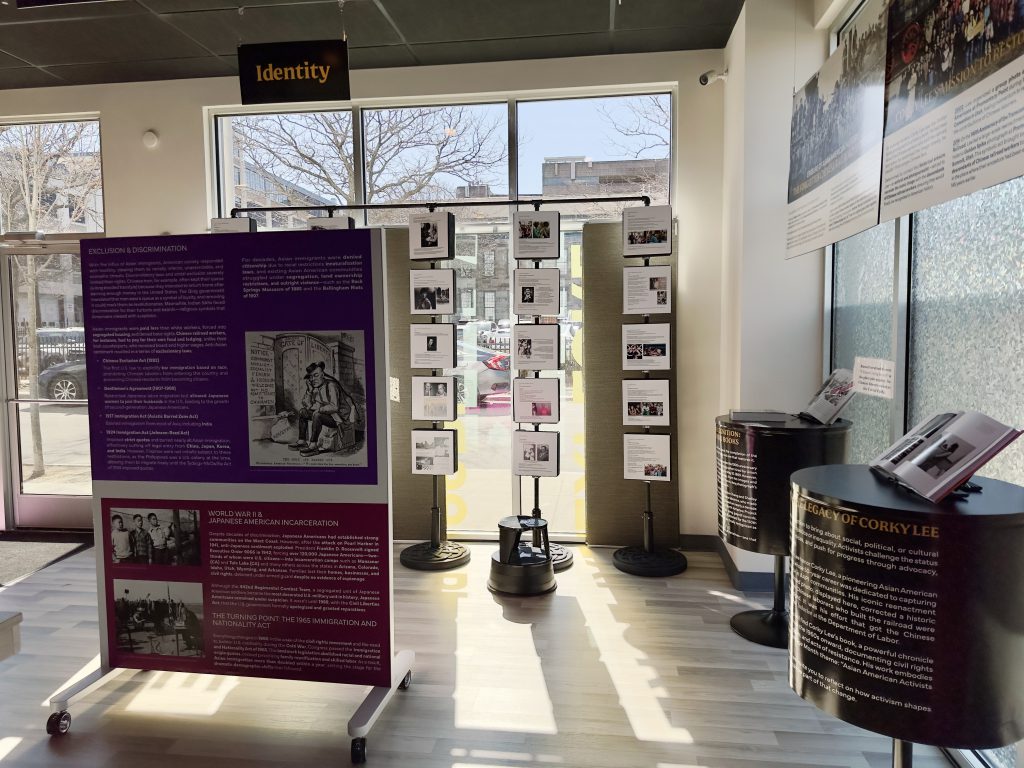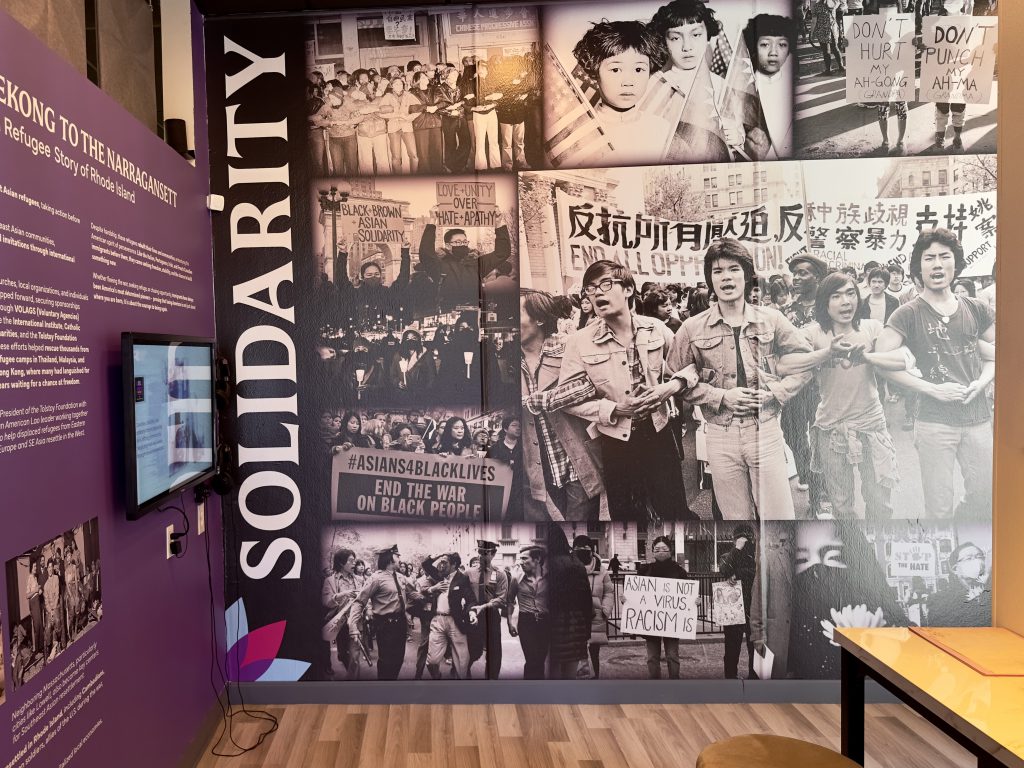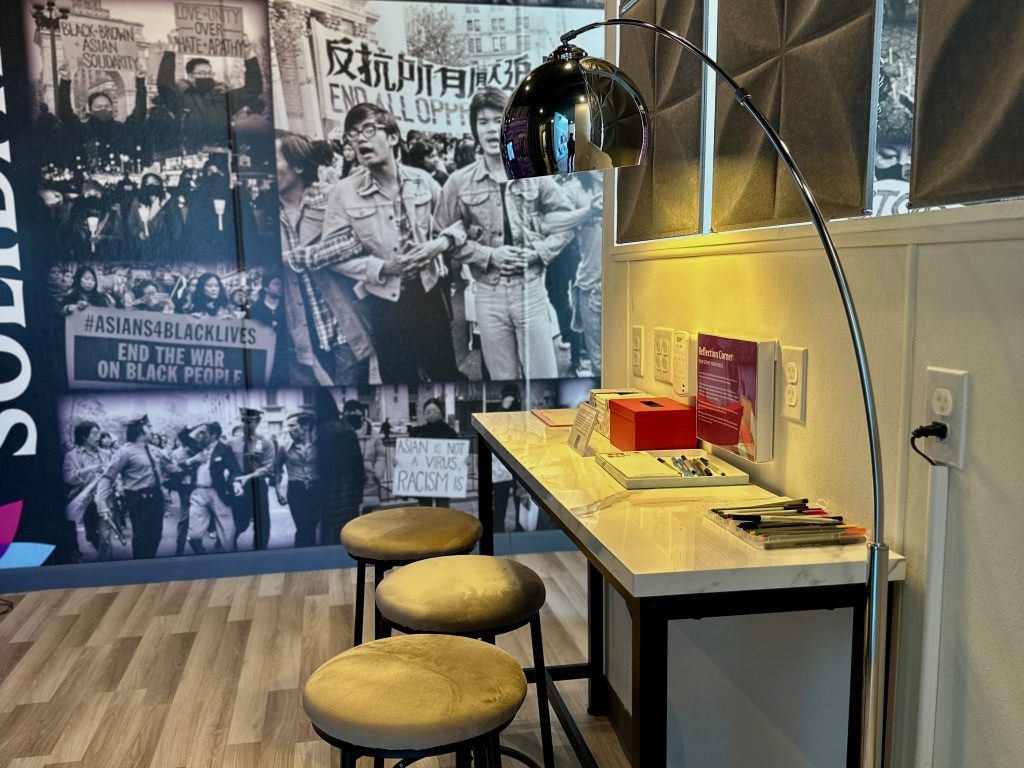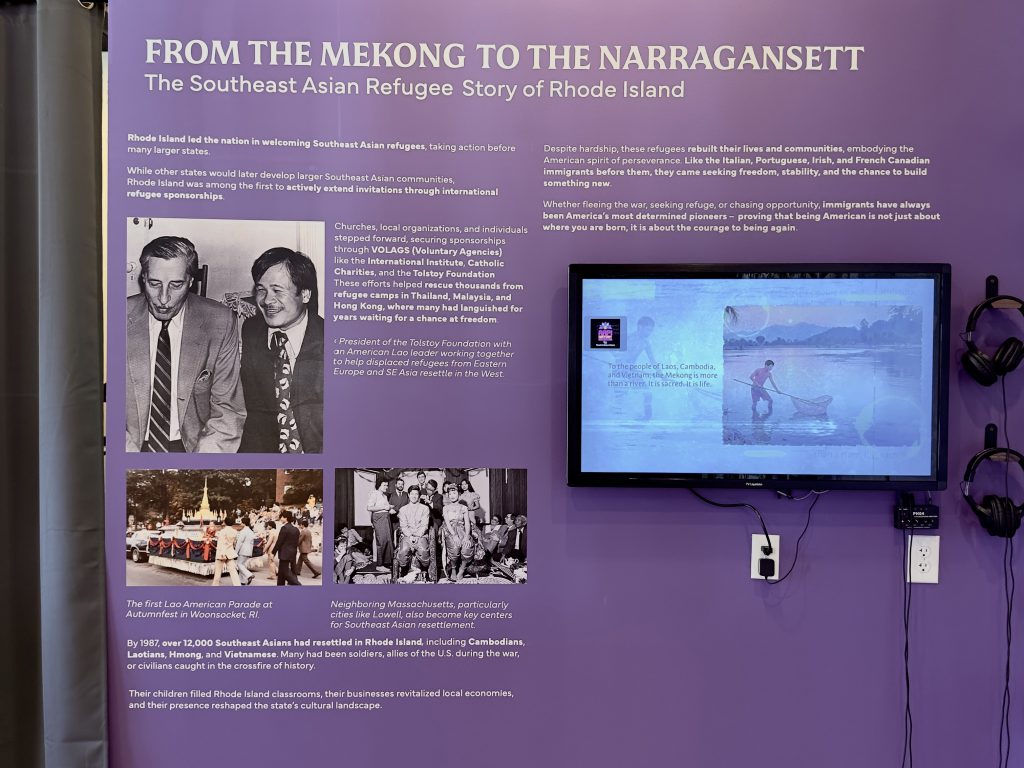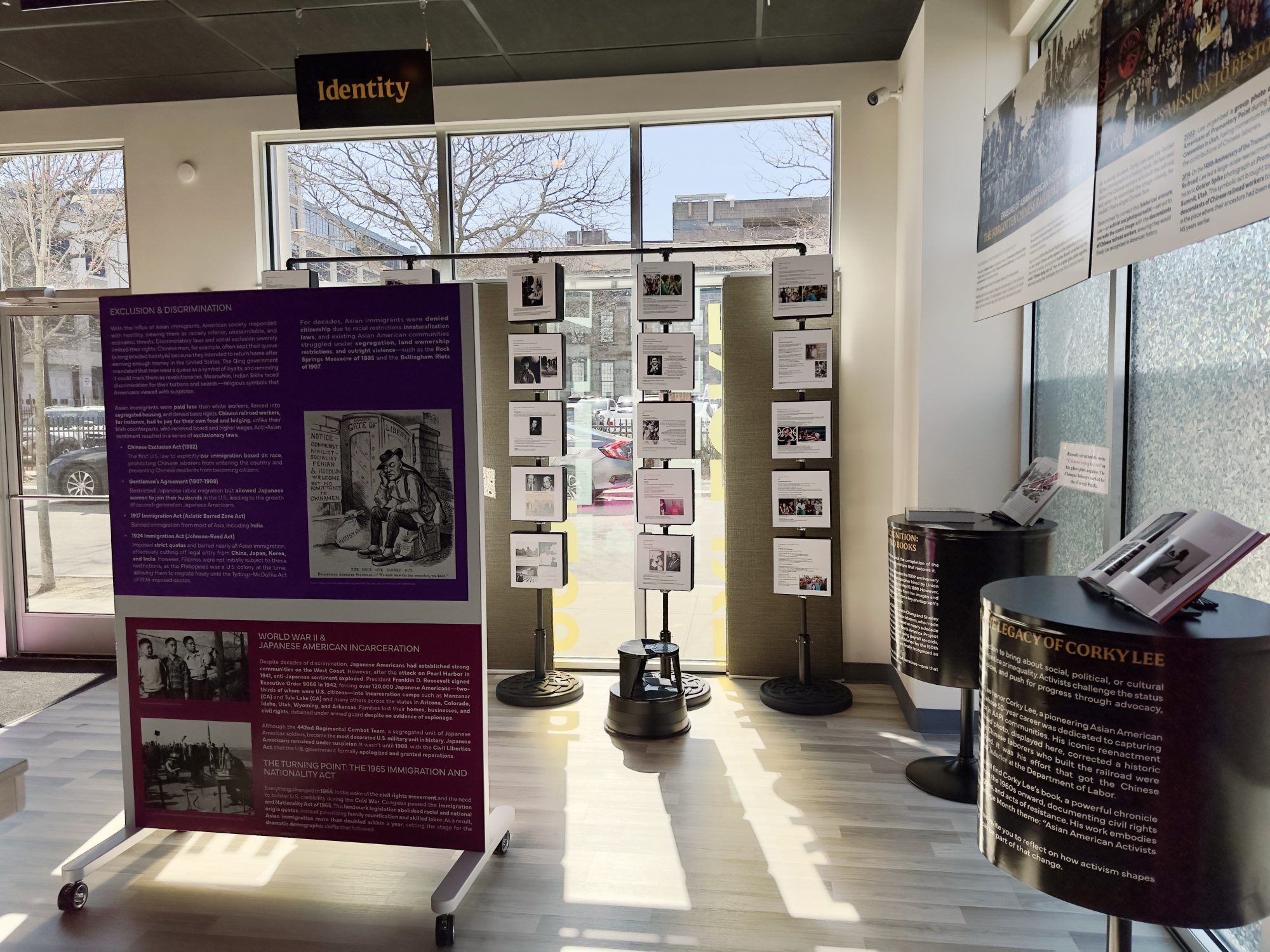THE AAPI JOURNEY
Our first exhibit introduces Asian American and Pacific Islander (AAPI) history from the ground up, assuming no prior knowledge. Through images, videos, and audio, we define key terms to ensure clarity, recognizing that words can carry different meanings in different contexts.
This exhibit is organized under four overarching themes, guiding visitors through the complex and diverse narratives that shape AAPI history:
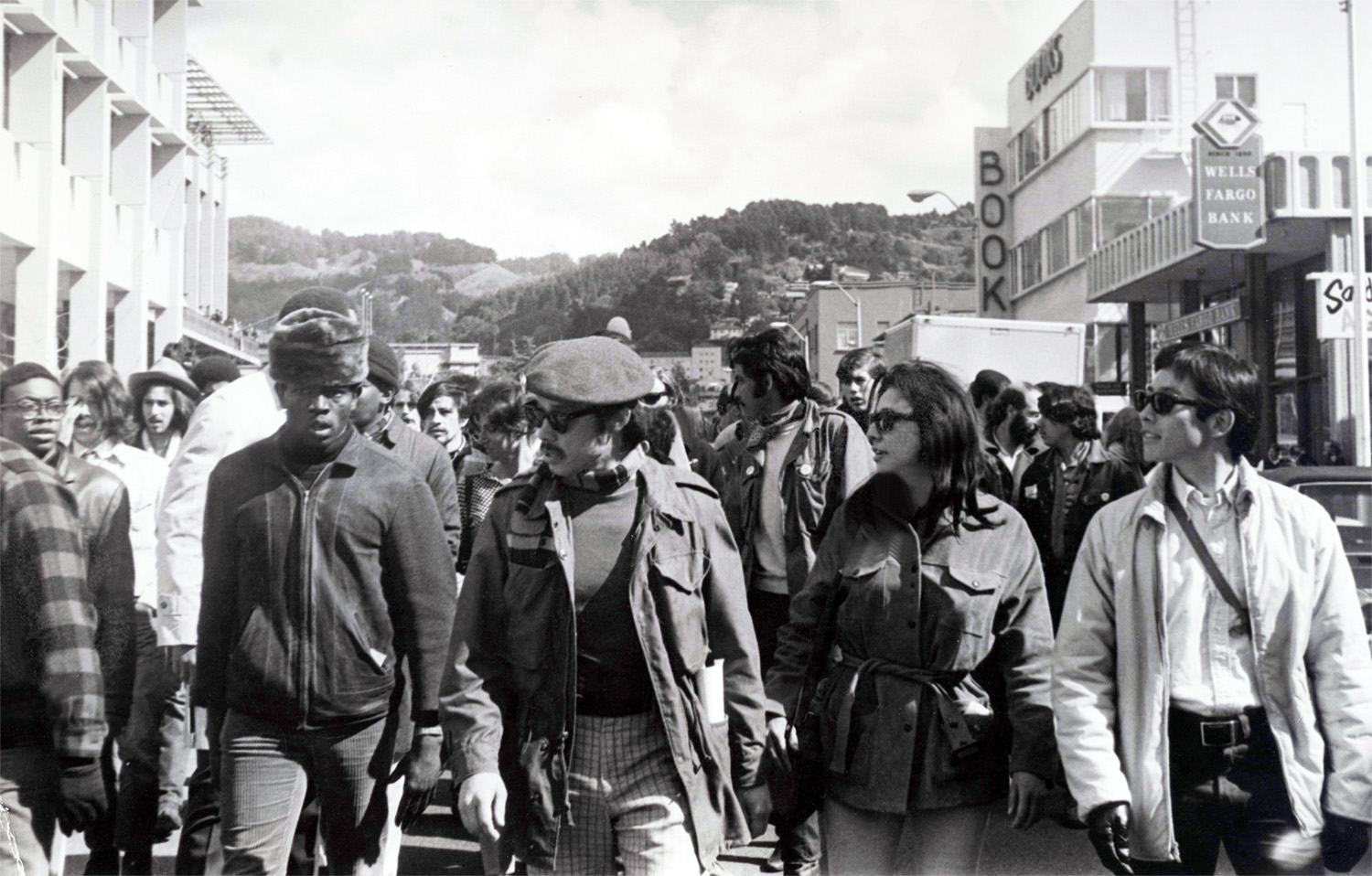
ACTIVISM
AAPI communities have long been at the forefront of movements for civil rights, labor rights, and social justice. From the fight for immigrant protections to the activism of Asian American students in the 1960s Third World Liberation Front, this theme explores the legacy of resistance and advocacy that continues today.

IDENTITY
What does it mean to be Asian American or Pacific Islander? This theme examines how race, ethnicity, nationality, and culture shape AAPI identities, including the challenges of assimilation, exclusion, and self-definition in American society. It also explores how the term AAPI itself was created by the U.S. government but is now being reshaped by the very communities it represents.
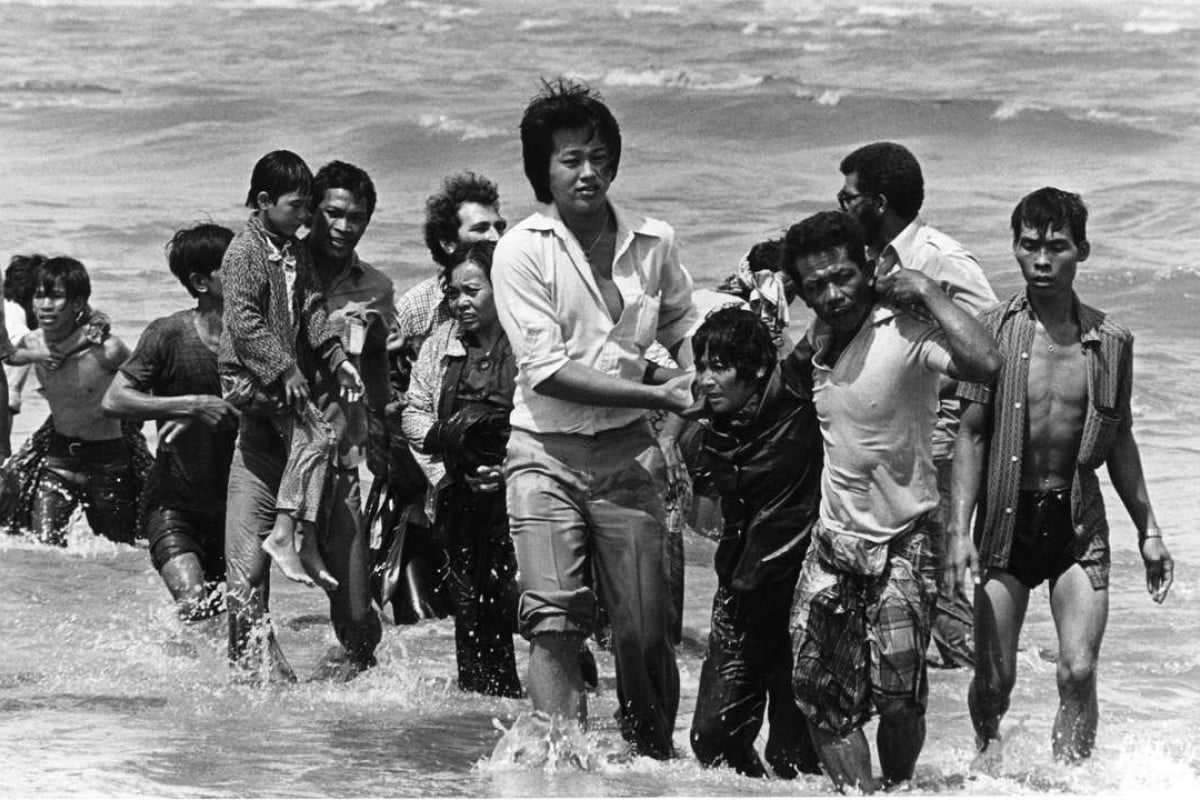
MIGRATION / IMMIGRATION
AAPI communities have migrated to the U.S. for centuries, whether as laborers, refugees, students, or entrepreneurs. This theme traces the push-and-pull factors behind migration, from early Chinese railroad workers and Filipino farm laborers to the resettlement of Southeast Asian refugees after the Vietnam War. It also highlights how immigration policies, such as the Chinese Exclusion Act and the 1965 Immigration Act, have shaped these histories.
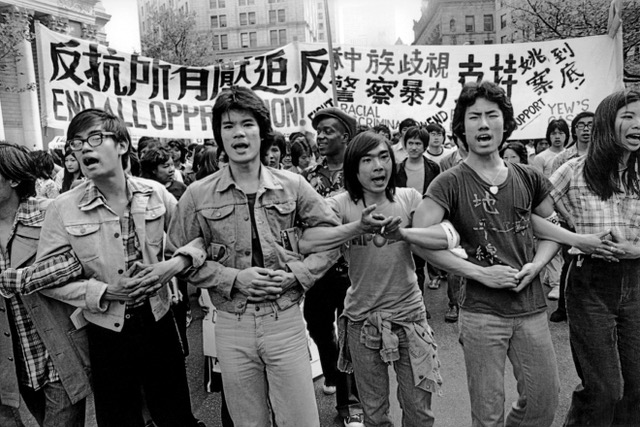
SOLIDARITY
AAPI history is deeply connected to other communities of color. This theme highlights moments of cross-racial solidarity, such as Japanese American and Black activists uniting during the Civil Rights Movement, or Pacific Islander leaders advocating for Indigenous rights alongside Native American communities. It also examines present-day alliances in the fight for racial equity, labor rights, and immigrant justice.
Sources: Ethnic Studies Library (first image), Adobe Stock / © ajr_images (second image), Getty Images / K. Gaugler. (third image), Corky Lee (fourth image)
While the term AAPI was assigned by the U.S. government and not chosen by the communities it represents, we are committed to maximizing the opportunity it provides—recognizing that, collectively, it grants us greater visibility, strength, and advocacy power. As part of this effort, we are conducting listening sessions with Pacific Islander communities to understand how they feel about sharing their histories within an AAPI History Museum on the East Coast. Inclusion must be intentional and on their terms, ensuring that their unique stories, identities, and perspectives are shared in a way that respects their voices.
This museum is not static—our exhibits will change periodically to highlight specific communities, cultures, and historical moments. For example, in April 2025, as we mark the 50th Anniversary of the Fall of Saigon, we will highlight the resilience and contributions of Vietnamese refugees and Southeast Asian Americans, showcasing how second- and third-generation communities have shaped the economy, culture, and social fabric of the United States. Similarly, when we feature Pacific Islander history, we will explore indigenous land stewardship, water navigation systems, and cultural traditions, ensuring that their narratives receive the dedicated space and recognition they deserve.
This is more than just a name—it is a commitment to inclusive storytelling, ensuring that all communities represented within the AAPI umbrella are honored authentically, respectfully, and in their own voices.
